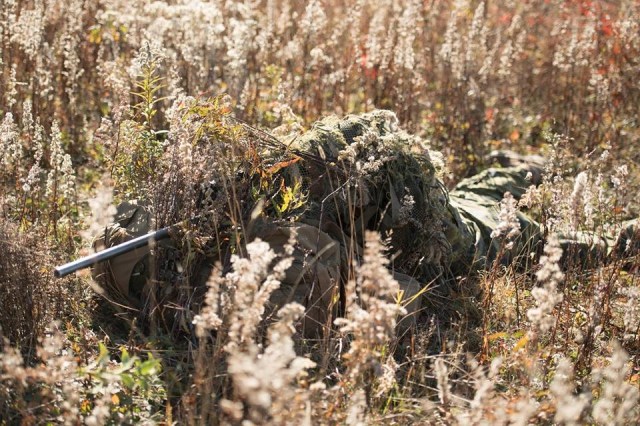To those unfamiliar with sniping history, the exceptional reputation of Canada’s skilled marksmen may come as a surprise. The country, while a NATO ally, is generally considered peaceful and its small military is often the object of criticism. This is in direct contrast with the proven capability of its professional soldiers, and snipers in particular, who have shown exceptional skill in combat. For allies and others that are stretched thin militarily while also grappling with the future role of snipers, Canada sets a helpful example of how effective a sniping program can be when it is made a priority.
That Canada deserves its reputation is well established. Their snipers have a history of effective involvement in combat, including in Iraq and Afghanistan where they set the record for longest confirmed kill shot on multiple different occassions.1 Canada’s training program has been around a long time and successfully cultivated capable, multitalented marksmen while adapting lessons from recent conflicts.2 Other countries recognize the merit of Canadian snipers and allies cooperate with them to share valuable lessons.3

The nation as a whole continues to develop its involvement in marksmanship, as illustrated by the Canadian military’s progression from British-made C3 rifles, to locally adapted C3A1s, and now to Canadian made C14 Timberwolfs as their primary sniper rifle.4 This latest rifle is built by PGW Defense Technologies, chambered in .338 Lapua, and has been well-received by shooters in military, law enforcement, and recreation alike.5 The success of local rifles lends further credibility to the country as a major player in the field of sniping.
Canada began building an international reputation for sniping during the first world war, when its soldiers became some of the most successful marksmen of the conflict. Snipers from Canada were able to build on hunting experience to quickly become effective in combat, a connection that can be observed in most other countries that built early reputations as precision shooters. In particular, the native First Nations people demonstrated excellence in the field with Francis Pegahmagabow becoming the deadliest sniper of either side in World War I, being credited with 378 kills.6 His legacy and that of his peers jumpstarted the modern reputation of Canadian snipers.

That momentum has been sustained by distinguished marksmen in numerous wars since. A prime example is Léo Major, an indominable scout sniper who lost one eye after the Normandy invasion of WWII and went on to single handedly re-capture the town of Zwolle in addition to other incredible feats.7 This earned him his first Distinguished Conduct Medal, with his second awarded during the Korean War for refusing to give ground when outnumbered by the enemy. Participation by Canadian soldiers in various conflicts since the World Wars and Korean War has preserved and enhanced the legacy built by snipers such as Pegahmagabow and Major, resulting in the competent force we know today.
Perhaps unique among nations that have maintained such enduring and distinguished sniper programs, Canada currently dedicates very little of its public funds to defense spending. Despite some modest progress on the horizon, Canada falls far short of the NATO-established target of 2% of GDP being invested in defense.8 They are continually pressured by allies within the treaty organization to contribute their share but have not prioritized military spending for some time, largely due to their isolated location with only their ally the United States as an immediate neighbor.

While Canada’s frugal approach to defense puts stress on the North Atlantic community generally, it provides an interesting lesson for its individual sniper programs. Canada’s distinguished reputation in the field demonstrates that sniping can be done exceptionally well even when investment is limited. Capable marksmen that are able to scout out enemy forces and tactically apply precision firepower while remaining undetected provide an effective way to bolster any military while spending next to nothing when compared to navies, aircraft, and new technologies of modern warfare. Countries that are considering a reduction in the use of snipers should pause to consider the value that could be retained with very little burden placed on the military or taxpayers. In this respect at least, Canadians provide a perfect example as they continually make snipers a priority.
Stirling E.
Sniper Central Global Affairs Analyst



Leave a Reply